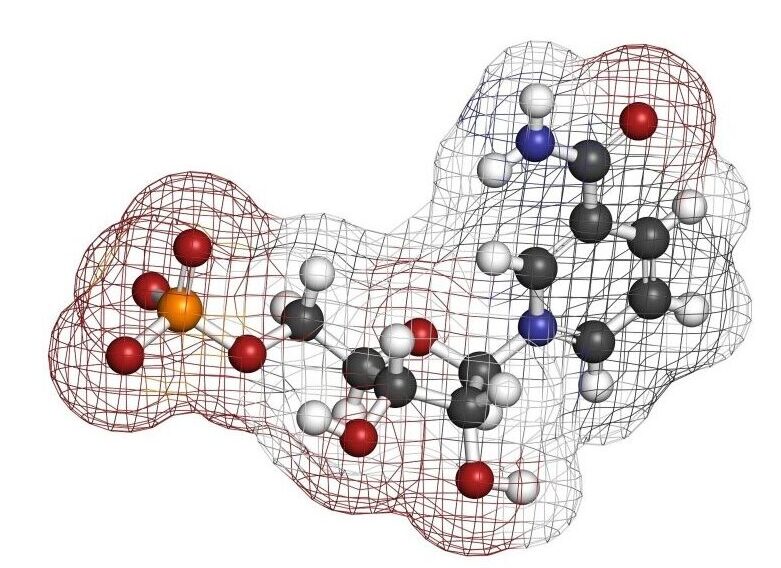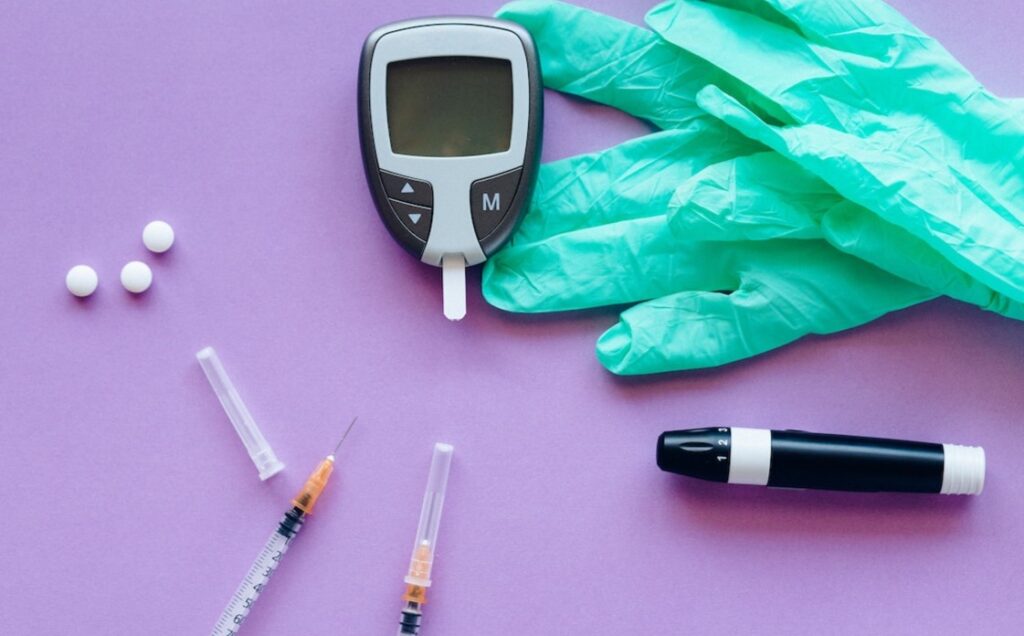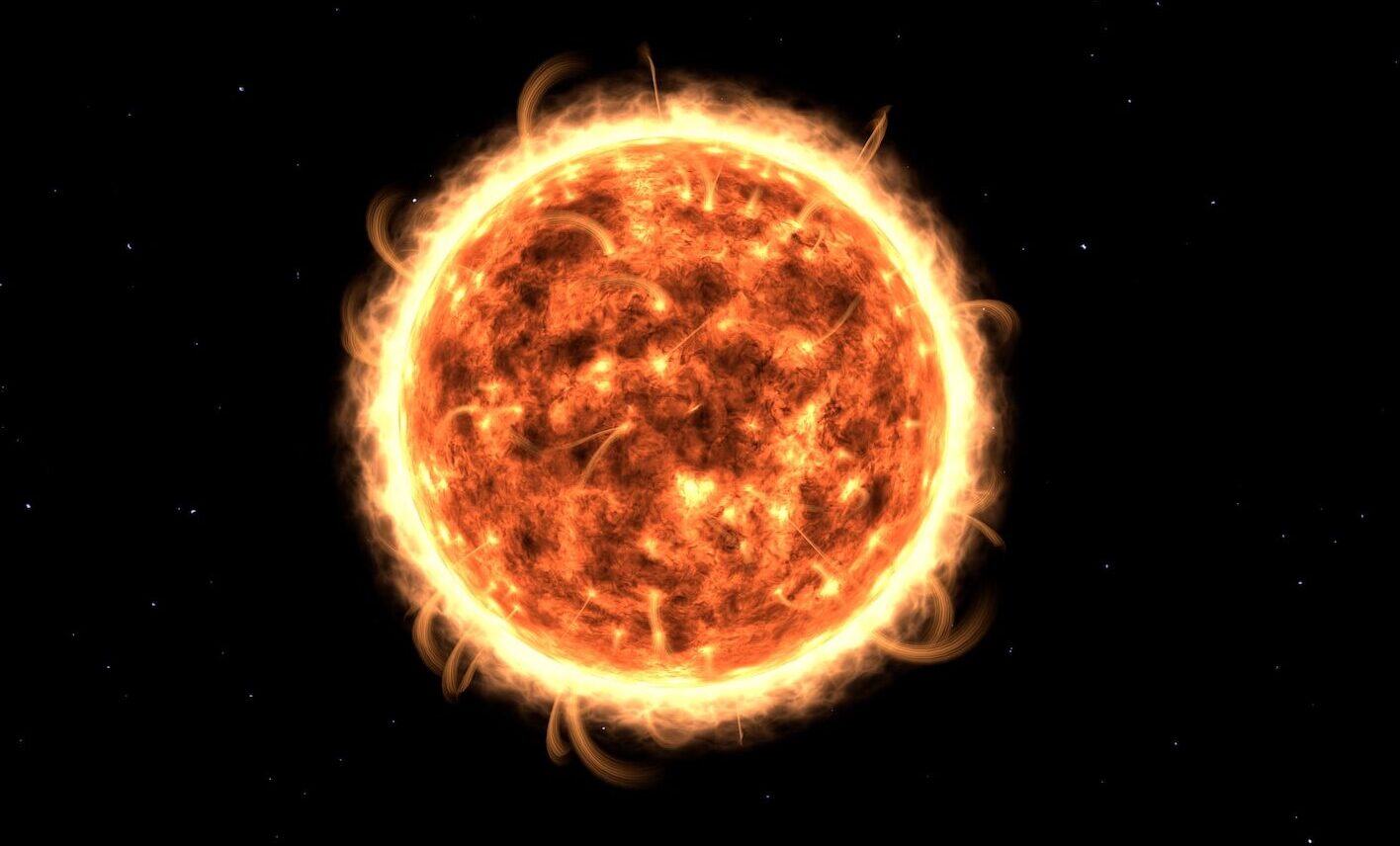What Is The Difference Between NAD+ And NADH? And What Are Their Roles?
Science • June 20, 2022 • 10min read
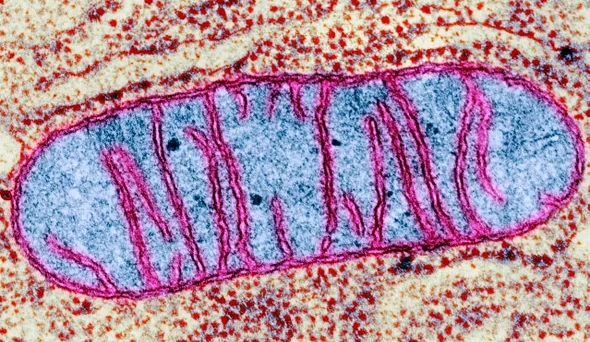
Introduction
Why do our energy levels start to decrease as we become older?
This is closely related to mitochondria, the energy manufacturing factories found inside all cell types in the body. One of the defining characteristics of aging is a reduction in the function of mitochondria. As a result, as we age, the mitochondria in our cells become less efficient, and their energy production declines.
Scientists discovered that the molecule called NAD (Nicotinamide Adenine Dinucleotide) is a crucial requirement for robust mitochondrial function. But as we age, the amount of NAD in our bodies reduces. Enzymes are molecules that speed up chemical reactions, which makes cells work better and more efficiently. NAD is a coenzyme – a “helper molecule” to enzymes – with a primary function of stimulating the activity of enzymes.
At the mitochondrial level, NAD serves as the principal transporter of electrons to stimulate energy production.
Fortunately, people can now boost NAD levels by using NMN (nicotinamide adenine mononucleotide) supplements. A recent study has demonstrated that high NAD levels can restore the mitochondria function, stimulate the immune system against potentially lethal infections, and even lengthen the telomeres to promote lifespan.
To perform its function, NAD reverts back and forth in two forms: NAD+ and NADH. Here, we’ll talk about how the two molecules are different and which one is better.
Are NAD+ And NADH The Same Thing?
NAD+ and NADH are two chemical variants of the NAD molecule (Nicotinamide Adenine Dinucleotide). The identical NAD molecule exists in two distinct forms. When oxidized, it transforms into NAD+; when reduced, it transforms into NADH. The most significant variation is whether or not the H (hydrogen atom) carries two electrons.
As NAD is an electron transporter, the change in its chemical state during energy production is referred to as a redox (oxidation-reduction) process, simply the transfer of electrons.
NAD+ becomes an electron acceptor when reduced to NADH, gaining hydrogen and 2 electrons. NADH loses hydrogen and two electrons when oxidized to NAD+ (making NADH an electron donor).
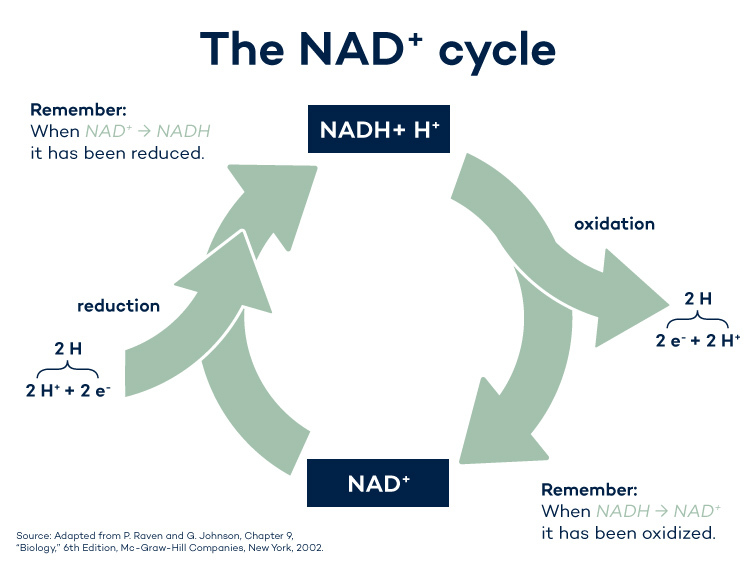
NAD+ and NADH are a redox couple – two forms of one molecule. Image source
What Is NADH?
NADH stands for “Nicotinamide Adenine Dinucleotide (NAD) + hydrogen (H).” NADH, also called coenzyme 1, is an active carrier molecule that donates electrons in redox reactions. It is a crucial part of the process of making energy.
Hydrogen, represented by the symbol “H,” denotes that the molecule is in its most active form. It takes a significant role in various activities that occur during the production of ATP (our energy molecules). After NAD+ is reduced by the addition of a hydrogen ion and two electrons, NADH is produced.
NADH, like NAD+, is created in our bodies from Niacin or Vitamin B3, comprised of two units of nucleotides (similar to the base units of the DNA) and includes carbon, hydrogen, nitrogen, oxygen, and phosphorus atoms in its structure.

Similarities Between NADH And NAD+?
- NADH and NAD+ are both dinucleotides (consisting of 2 nucleotides)
- As a dinucleotide, both NAD+ and NADH have one nicotinamide and one adenine structural unit, as well as two ribose molecules that are connected via the phosphate groups
- NAD+ and NADH are involved together in the transport of electrons and hydrogen from one reaction to the next
- Catabolic reactions require not only NAD+ but also NADH as participants
- Most dehydrogenases, the enzymes that catalyze reduction responses through the transfer of hydrogen ions, depend on NAD+ and NADH
- Both are involved in catabolism (chemical reactions of breaking down molecules)
Differences Between NADH And NAD+?
Here’s a summary of the differences between NADH and NAD+:
| NAD+ | NADH | |
| Definition | NAD+ is the oxidized form | NADH is the reduced form |
| Abundance | Highly abundant than NADH | Generally less than NAD+ |
| Function | Electron and hydrogen acceptor | Electron and hydrogen donor |
| Synthesis | Synthesized via the Tryptophan pathway and Vitamin B3 pathway, reproduced from NADH oxidation at Electron Transport Chain | NADH produced from NAD+ during Glycolysis and the Krebs cycle |
| Cellular Respiration | Required during Glycolysis and Krebs Cycle | Required during Electron Transport Chain |
NAD+ Conversion To NADH
NAD+ and NADH are redox pairs, which means they can continually cycle between these two forms based on the acquisition or loss of electrons. To perform its role as an electron transporter, NAD alternates between two distinct forms. The food-to-energy process happens during the mitochondrial process called cellular respiration, which has three phases: glycolysis, Krebs cycle, and electron transport chain (ETC).
The food molecules that we consume daily include a large number of electrons. NAD+ absorbs the electrons from food molecules (such as pyruvate/pyruvic acid, the broken-down form of glucose) during glycolysis and the Krebs cycle, thereby converting NAD+ to NADH. The NADH produced will then donate the electrons to fuel the last phase, the ETC, for energy production. Hence, it is converted back to NAD+ after NADH donates its electrons.
These three processes produce ATP, although the energy production that takes place during ETC is by far the greatest. Taking NMN capsules is an effective method for boosting the amount of ATP that your ETC produces. As a result, the numerous mitochondria within your cells and the cells that comprise the body as a whole will have a more excellent supply for all of the body’s energy needs.

Overall, the transfer from the oxidized (NAD+) to the reduced (NADH) form is a crucial component of the metabolic process known as cellular respiration, which is responsible for converting glucose into energy.
The NAD+/NADH Ratio
In general, a high NAD+/NADH ratio should be most desirable. However, the amounts of NAD+ and NADH may differ in different cells and tissue locations of the body. When a person has depleted NAD+ levels or a low NAD+/NADH ratio, this results in drastic consequences on cellular reactions and overall health.
Some cells are power-hungry; others may not need that much NAD+ or NADH. The heart, for example, continues to beat continuously throughout a person’s life, while the brain uses a lot of ATP when doing things like learning and thinking critically.
Therefore, heart cells (cardiomyocytes) and brain cells (neurons) require a substantial energy supply. Excitingly, well-researched NMN products have been shown to enhance the vitality of numerous organs, including heart and brain function, by increasing NAD+ levels.

NMN boosts NAD+ levels and increases sirtuins resulting in healthier vascular health and cognitive function. Image Source
External factors can also impact its levels and disrupt the NAD+/NADH ratio. A high alcohol intake would almost certainly result in a lower NAD+ to NADH ratio inside the cells. Researchers discovered this is due to an excess of NAD+ being converted into NADH to oxidize the alcohol.
Enzymes such as Sirtuins consume NAD+ to be fully functional, so they do not undergo a redox process. They also require a large amount of NAD+ reserve. Active Sirtuins levels are associated with anti-aging and longevity, and NAD+ is necessary for their activation. As a result, low cellular NAD+ levels are harmful.
If there is less NAD+ available, the ratio of NAD+ to NADH decreases, which may impair the enzymes’ ability to function effectively.
On the other hand, contrary to Sirtuins which necessitate NAD+ to become activated, the main enzymes during cellular respiration called dehydrogenases directly reduce NAD+ to NADH. With NAD+ being directly converted, this process lowers the levels and ratio of NAD+ to NADH if NAD+ is not replenished.
On the other hand, measuring the ratio of NAD+ to NADH is complex. Its levels vary greatly depending on which part of the cell is being measured. In 1967, more than 50 years ago, scientists led by Krebs (“The Krebs Cycle”) investigated how the ratio of mitochondria to cytoplasm might fluctuate over time (the gelatinous liquid that fills the inside of a cell).
They concluded that the ratio of the mitochondria is highly conserved and has withstood external stressors like starvation, whereas the ratio in the cytoplasm was significantly lower during stress.
Interestingly, even if the cytoplasmic pool of NAD+ is significantly depleted, the levels of NAD+ in the mitochondria remain unaltered for up to three days. This suggests that changes in the ratio of cytoplasmic NAD+ to NADH in the cytoplasm don’t affect the mitochondria. The ratio of NAD+ to NADH in mitochondria is very important and only goes down when the cell is under a lot of stress or when the mitochondrial membrane breaks.
The cell’s energy status of the cell is also determined by the relative ratio of these two molecules. When a cell is fed, the concentration of NADH increases. The ratio of NAD+ to NADH within a cell may be a signal that alerts the cell of energy state changes.
Scientists believe this mechanism is necessary for activating various cellular enzymes vital to adaptive cellular responses that maintain overall cellular health.
And expectedly, this is associated with aging; the ratio of NAD+ to NADH begins to decrease as we grow older. As a result, dysregulation in this ratio negatively affects all the cells and metabolic pathways that require NAD+.
Taken together, it is imperative to boost your NAD+ levels. Supplementation with NMN is a very efficient NAD+-boosting strategy to overcome all these worries and promote the health of individual cells. If you’re aiming for a longer lifespan, you can buy NMN supplements as a great strategy to keep a high NAD+/NADH ratio.
NADH vs. NAD+: Which Is Better?
Because NAD+ and NADH are both required for energy production and other biological activities, it isn’t easy to choose one over the other. However, supported emerging studies indicate that a higher NAD+ value benefits the overall cellular health, longevity, and health span.
And importantly, remember that a low ratio of NAD+ to NADH is associated with mitochondrial dysfunction, faster aging, and poorer health outcomes. So, it’s clear that increasing your NAD+ levels is always an excellent idea.
Closing Remarks
In general, NADH is nothing more than the electron-carrying form of NAD+ when it comes to metabolizing food into energy.
NAD+ and NADH are crucial components of the activities that occur during cellular respiration to provide the energy that all cells, tissues, and organs require to function. Do you want to regain your youthful energy? It is high time to reinvigorate those tiny energy factories! Rev up your mitochondria by boosting your NAD+ levels.
Take NMN capsules to optimize your energy production. And what is more, with regular supplementation, you can say “hello” to a more youthful cellular health and functions while promoting longevity and “goodbye” to low energy levels.
Medically Reviewed By Dr. Iqra Nadeem, Ph.D
Dr. Iqra Nadeem has been in the medical field for 8 years and is currently pursuing a Ph.D. in Neuroimmunology with a background in biomedicine. She has a keen interest in utilizing her writing talents to effectively communicate complicated scientific, medical, and health information to a general audience.

